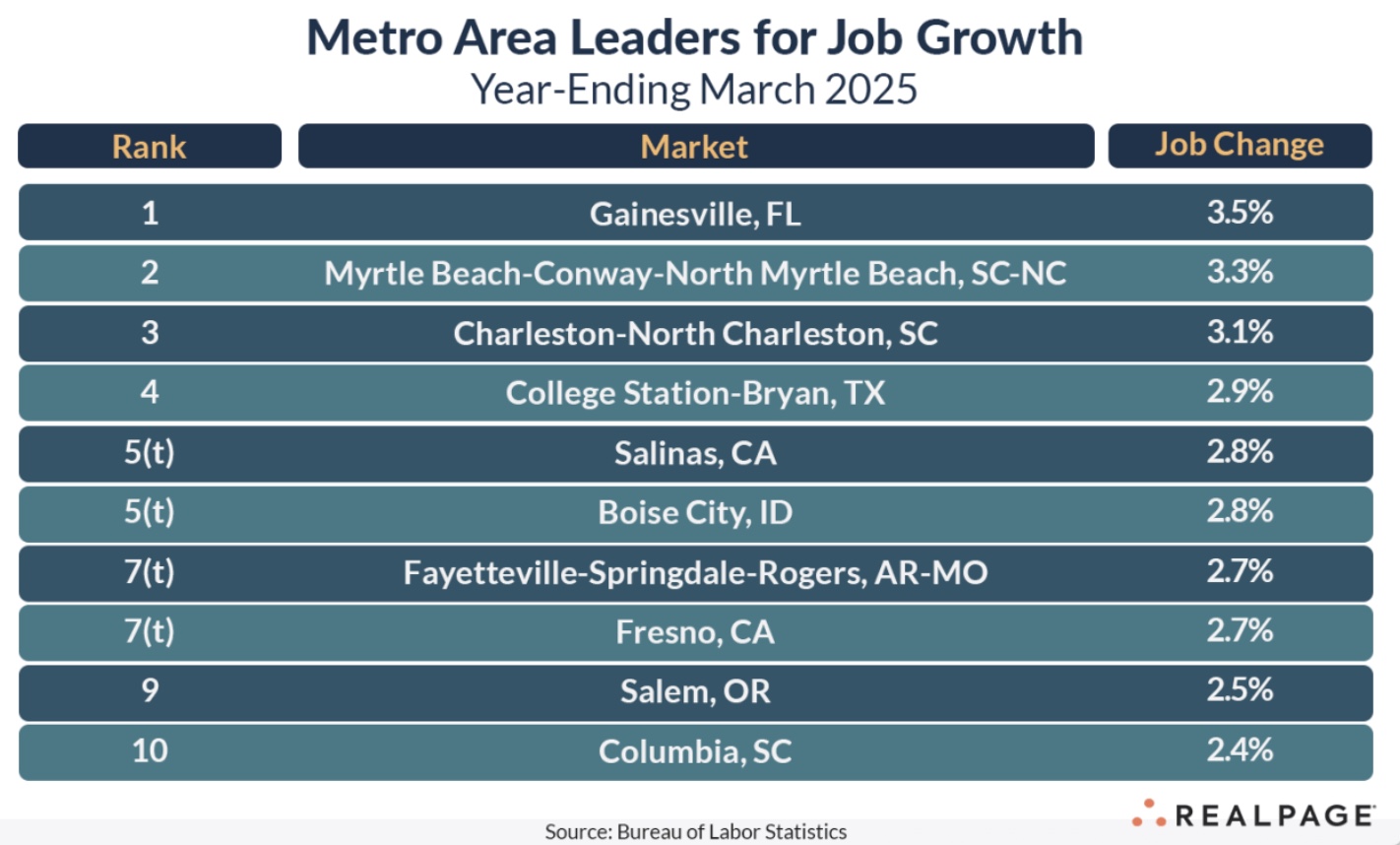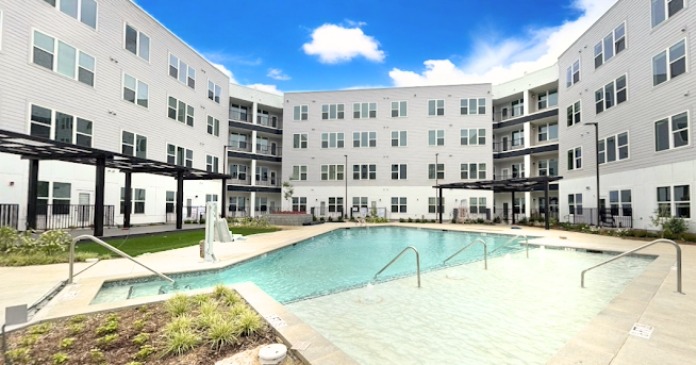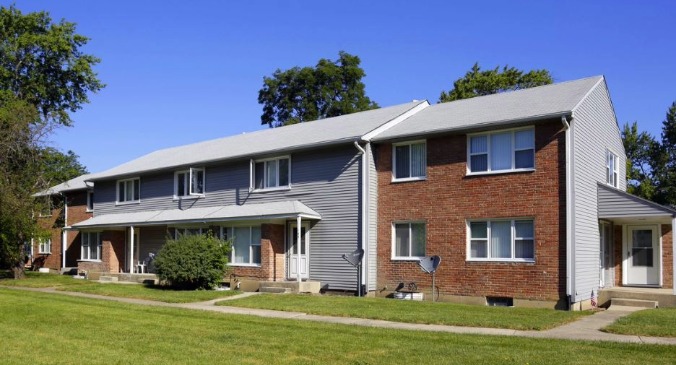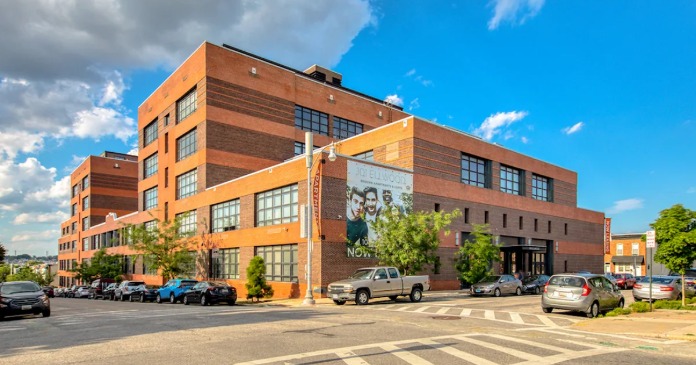Job creation has long been considered a strong indicator of apartment demand in the U.S., and while that relationship has weakened overall, it remains intact in several key markets. Factors like remote work and changing job structures have diluted the traditional link between employment gains and housing needs, but in high-population areas, job growth still meaningfully drives apartment absorption.
According to RealPage with data from the Bureau of Labor Statistics for the year ending in Q1 2025, all ten of the nation’s top job-creating metros also appeared in the top 20 markets for apartment demand. More notably, the top three markets for job gains—New York, Dallas, and Houston—also led the country in apartment absorption. This continued alignment in major metros shows that, despite shifting patterns, job creation still correlates with rental demand in cities where economic and population density remains strong.
RealPage Senior Real Estate Economist Chuck Ehmann notes that although the broader correlation has weakened, “there is still some merit to the belief that job creation leads to more housing demand,” particularly in large urban areas.
Washington, DC also ranked in the top ten for both job growth and apartment demand. The remaining six metros in the job creation top ten showed up slightly lower—ranking from 11 to 20—for apartment absorption. This divergence may reflect how the “work from anywhere” trend and industry-specific job types (e.g., tech, remote-capable sectors) are reshaping how and where new jobs translate into housing needs.
New York held onto the top spot for job gains in March, while Dallas moved into second place, pushing Houston to third. Despite a slight decline in annual employment growth for New York and Houston, Dallas saw a notable increase of nearly 5,000 jobs from the prior month. These cities continue to anchor demand for both employment and housing, reinforcing the historic connection.

Orlando ranked fourth, nearly matching last month’s job gain total, followed by Washington, DC, which rose from ninth to fifth. Charlotte and Philadelphia trailed closely, with Miami returning to eighth. San Antonio and Raleigh/Durham rounded out the top 10. Chicago, meanwhile, dropped out of the top 10 entirely, falling to 15th.
Together, the top 10 metros added 322,100 jobs in the year ending March—down 25.7 percent from last year’s total for the same group. The next 10 metros (from number 11 to 20) fared slightly worse with a 30.1 percent year-over-year decline, totaling 159,600 jobs. Notably, only New York added between 50,000 and 99,999 jobs; all others in the top 10 added between 20,000 and 49,999.
Meanwhile, smaller markets dominated the percentage growth rankings. Gainesville, Fla., took the lead with a sharp 180 basis point increase, followed by consistent performers like Myrtle Beach, Charleston, and College Station. Other standout cities included Salinas, Boise, Fayetteville, Fresno, Salem, and Columbia.
In total, 47 markets beat the national unadjusted job growth rate of 1.2 percent, slightly down from last month. The data shows that while the direct correlation between jobs and housing demand is no longer universal, in many large metros, the old logic still applies: where the jobs go, people and apartment demand often follow.
The RealPage report is here.













